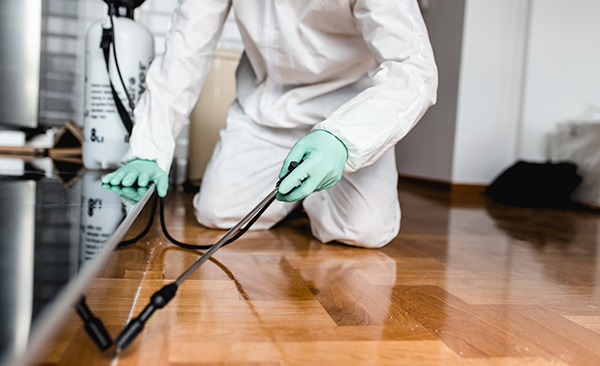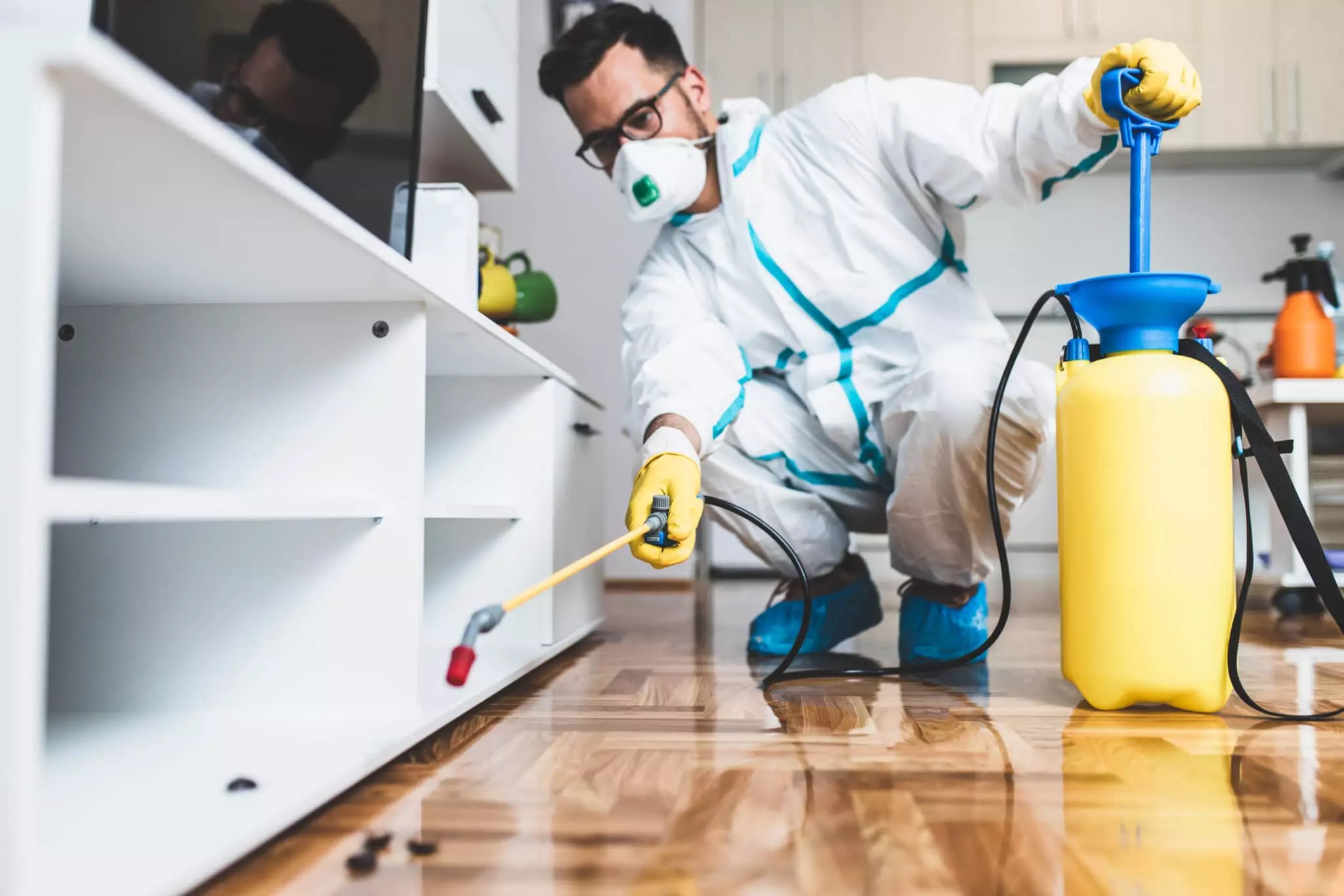Expert Bug and Rodent Removal by Pest Control Lockhart
Expert Bug and Rodent Removal by Pest Control Lockhart
Blog Article
Exploring Problem and Treatment Strategies in the Globe of Pest Control
The landscape of pest control includes a myriad of challenges, especially as invasions of common home pests proceed to progress. Understanding the behaviors and reproductive patterns of these hassles is vital for developing effective therapy strategies. By integrating precautionary steps with sophisticated administration methods, such as Integrated Pest Administration (IPM), property owners can much better secure their environments. Nonetheless, the efficiency of these techniques may differ significantly based on certain conditions. What underlying elements contribute to the success or failing of these approaches in different setups?

Typical Home Vermin
When it comes to handling our living spaces, understanding common house bugs is vital. These insects not only disrupt our convenience however can also present wellness risks and damage residential property. One of the most prevalent family parasites consist of ants, roaches, rodents, termites, and bed insects.
Ants, usually seen foraging in cooking areas, can contaminate food and establish huge swarms. Rats, consisting of computer mice and rats, can create structural damage and lug conditions like hantavirus and salmonella.
Acknowledging the signs of these bugs, such as droppings, nests, or attack marks, is necessary for early intervention (Pest Control Lockhart). Proper hygiene techniques, sealing access factors, and maintaining a clutter-free atmosphere are effective preventative procedures. By identifying these typical house bugs and understanding their habits, home owners can take proactive actions to alleviate infestations, making sure a healthier living environment
Understanding Pest Infestations
Parasite invasions can intensify swiftly, turning a minor nuisance into a significant issue if not resolved without delay. Common aspects contributing to problems include inadequate hygiene, structural susceptabilities, and seasonal adjustments that drive parasites inside.
Determining the kind of bug is crucial, as different types exhibit varied behaviors and reproductive rates. Rodents may develop nests in concealed areas while pests like cockroaches grow in damp environments. Early detection often depends upon identifying indications such as droppings, nibble marks, or uncommon audios, which can show a trouble before it becomes serious.
Cozy, moist climates can facilitate the quick growth of bug populations, while changes in landscaping or building and construction can inadvertently produce favorable environments. An enlightened method to recognizing these characteristics lays the groundwork for reliable bug monitoring techniques in the future.
Treatment Methods and Strategies
Efficient therapy methods and strategies are important for reducing bug infestations and bring back a safe environment. A complex technique is frequently best, including chemical, biological, and mechanical techniques customized to the particular parasite and the intensity of the infestation.
Chemical treatments include using pesticides and herbicides, which can properly eliminate parasites. Appropriate application and adherence to safety and security guidelines are vital to decrease threats to people and non-target microorganisms. Integrated Bug Management (IPM) urges the cautious use chemicals as a last option, relying rather on surveillance and limit levels to identify treatment requirements.
Organic control methods involve introducing all-natural predators or parasites to lower parasite populaces. This strategy is significantly popular, especially in agricultural setups, as it advertises environmental sustainability.
Mechanical approaches, such as traps and obstacles, supply immediate relief from hop over to these guys insects without introducing chemicals. Alternatives consist of sticky traps for bugs or physical obstacles for rodents.
Eventually, the choice of therapy technique must consider the details parasite, the atmosphere, and prospective influences on human health and ecosystems. A balanced combination of these techniques can successfully manage problems while advertising long-term insect control solutions.
Preventive Procedures for Residence
Proactively attending to pest concerns prior to they intensify is crucial for keeping a healthy and balanced home environment (Pest Control Lockhart). Applying efficient preventative procedures can considerably reduce the chance of infestations, ultimately guarding both your residential property and health

Correct landscape design also plays an important role in avoidance. Keeping shrubs and trees cut away from the residence lowers the opportunities of pests discovering their way indoors. Furthermore, make certain that drainage systems are working efficiently to protect against standing water, which can reel in mosquitoes and other bugs.
Last but not least, regular inspections are recommended. On a regular basis inspecting for signs of bug activity enables early intervention. By taking on these preventive procedures, property owners can develop an environment that is less welcoming to bugs, therefore boosting their total lifestyle and minimizing the requirement for considerable pest control treatments.
Commercial Pest Control Approaches
A thorough method to industrial pest control is essential for organizations aiming to preserve a safe and sanitary atmosphere. click reference Effective methods entail a mix his comment is here of routine examinations, employee training, and the implementation of Integrated Pest Management (IPM) methods.
Normal examinations enable early detection of bug activity, permitting for timely intervention. Businesses ought to establish a routine schedule for these analyses, focusing on risky areas such as kitchen areas, storage space spaces, and garbage disposal sites. Employee training is equally vital; team needs to be informed on the indications of insect problems and the relevance of reporting them promptly.
Executing IPM techniques aids reduce pest issues sustainably. This includes environment alteration, such as sealing entrance factors and reducing mess, in addition to using all-natural deterrents prior to resorting to chemical therapies.

Moreover, working together with an accredited pest control supplier guarantees accessibility to expert knowledge and innovative therapy options. This collaboration can lead to tailored parasite control plans customized to the details demands of business, lessening risks and boosting overall efficiency. Inevitably, a proactive and informed method promotes a pest-free setting, protecting both public wellness and organization credibility.
Verdict
In verdict, effective bug control requires a detailed understanding of usual house pests and their actions, coupled with targeted therapy methods. Carrying out preventive procedures alongside treatment approaches such as Integrated Bug Management and biological control boosts the ability to reduce infestations.
Report this page